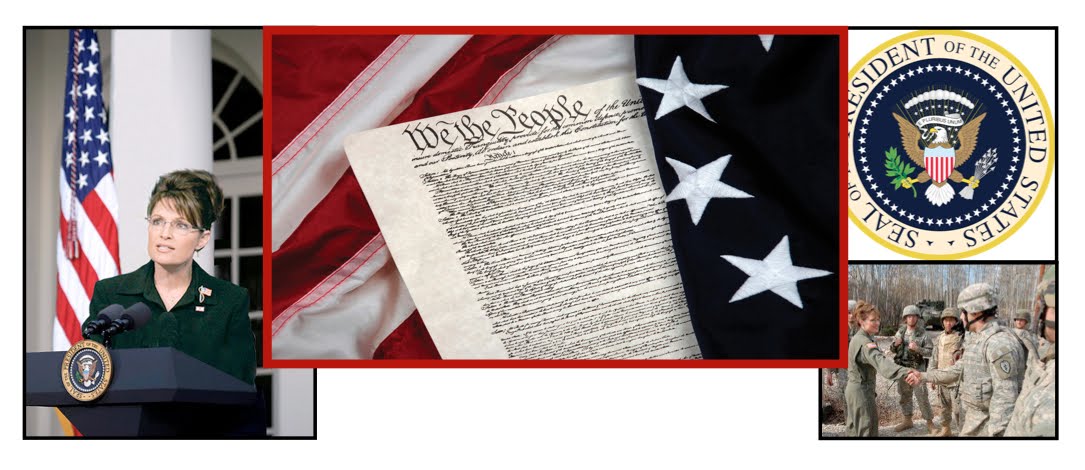On the night of the midterm elections earlier this month, Sarah Palin stayed up until 3 in the morning. From her hotel bedroom in Manhattan, she and her husband, Todd, followed the returns while she wrote e-mails on her iPad — congratulating winners, consoling losers — while reading others from people who wanted her to know that they had cast their vote for her daughter Bristol on “Dancing With the Stars” the evening before. Like much of her recent life, Palin’s day had been replete with reminders of the clout she had rapidly acquired. She had spent most of her time ensconced at the Fox television studios, though she managed to squeeze in a jog in Central Park — which she promptly chronicled on Twitter: “Beautiful!” Also at the studios was her fellow Fox News contributor Karl Rove, who had recently questioned in a British newspaper whether Palin’s new reality TV series, “Sarah Palin’s Alaska,” made her appear Oval Office-worthy. The building was abuzz over what would ensue when the two would inevitably bump into each other. The moment came after Palin finished a segment with the anchor Bret Baier and saw Rove lingering stageside with Brit Hume, a Fox colleague, holding a well-marked copy of “Alaska for Dummies” — a prop clearly intended to mollify Palin. She laughed, used her phone’s camera to take a picture of Rove with the book, traded brief hellos and then left the studio without mentioning Rove’s earlier comment. […]
I explained to Palin that in my view, at least, this line of inquiry wasn’t gratuitous — that questions did in fact linger about her “gravitas gap.” Didn’t she think, for example, that the Republican kingmakers who were now supposedly scheming to kneecap her were mainly just concerned about how voters viewed her? “If that were the case, then they need to be courageous enough to put their names behind their criticisms,” she said, referring to anonymous quotations attacking her. “As I replied to Politico, these fellows want to be trusted to tend to our nation’s economic woes? They want to be trusted to take on the likes of Ahmadinejad, but they won’t take on a hockey mom from Wasilla? Until they do that, I dismiss them.”
But, I reiterated, didn’t she believe that the Republican establishment’s predominant worry was that she would lose to Obama? “Then perhaps they should vent some of their paranoia toward all of the potential G.O.P. candidates,” she said. “Because obviously there’s no guarantee that any one of us would win. But I do believe that much of this is a threat to their hierarchy, because I’ve never shied away from a battle and because I’ll put principle before politics.”
In a sense, Palin views Beltway Republicans as she does the Obama administration: aloof, self-interested and vulnerable to the populist power that she believes she wields. “They’re in an isolated bubble — Barack Obama mentioned that in his press conference, and I agree with him, he is isolated from what average Americans are talking about,” she said, referring to the president’s words after the midterm elections. “But what he was meaning, of course, was that he’s not in touch with average Americans. I am — because that’s who I am. That’s who surrounds me, common-sense Americans who just want government on their side, not riding their backs. And I tweet to reach out to them.”
At the end of our talk, she made note of my Southern accent and urged me, “Don’t lose that.” Then she went back to her world, somewhere in Alaska, where she was winding down the filming of her TV show — where apparently Internet reception was sufficient for her to send out three more Twitter posts that afternoon, joining herself to the rest of America and then leaving it at that, for the moment.
Full 7 Page Article:
NY Times Magazine: The Palin Network By Robert Draper











0 Response to "NY Times Magazine Cover: The Palin Network"